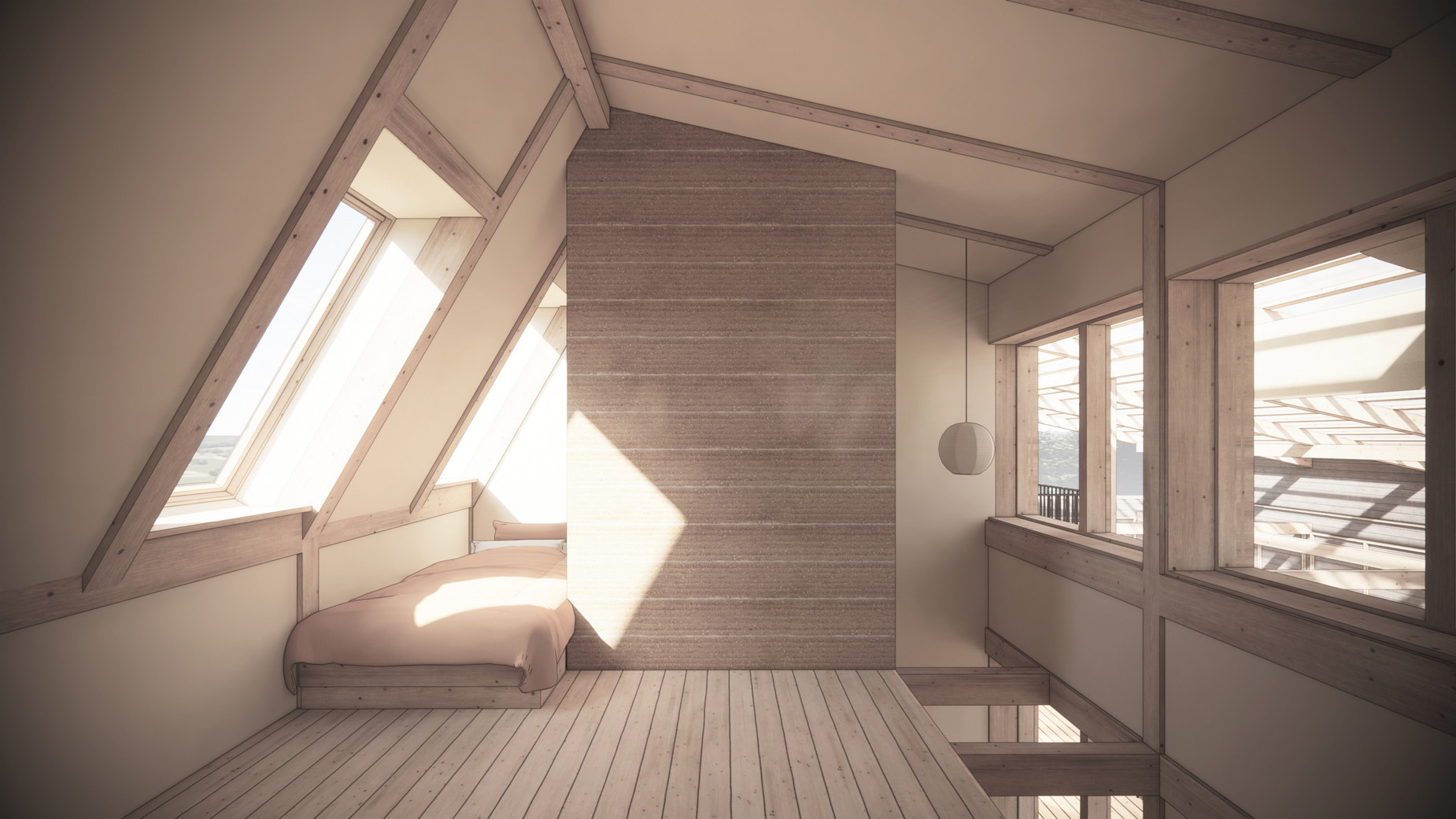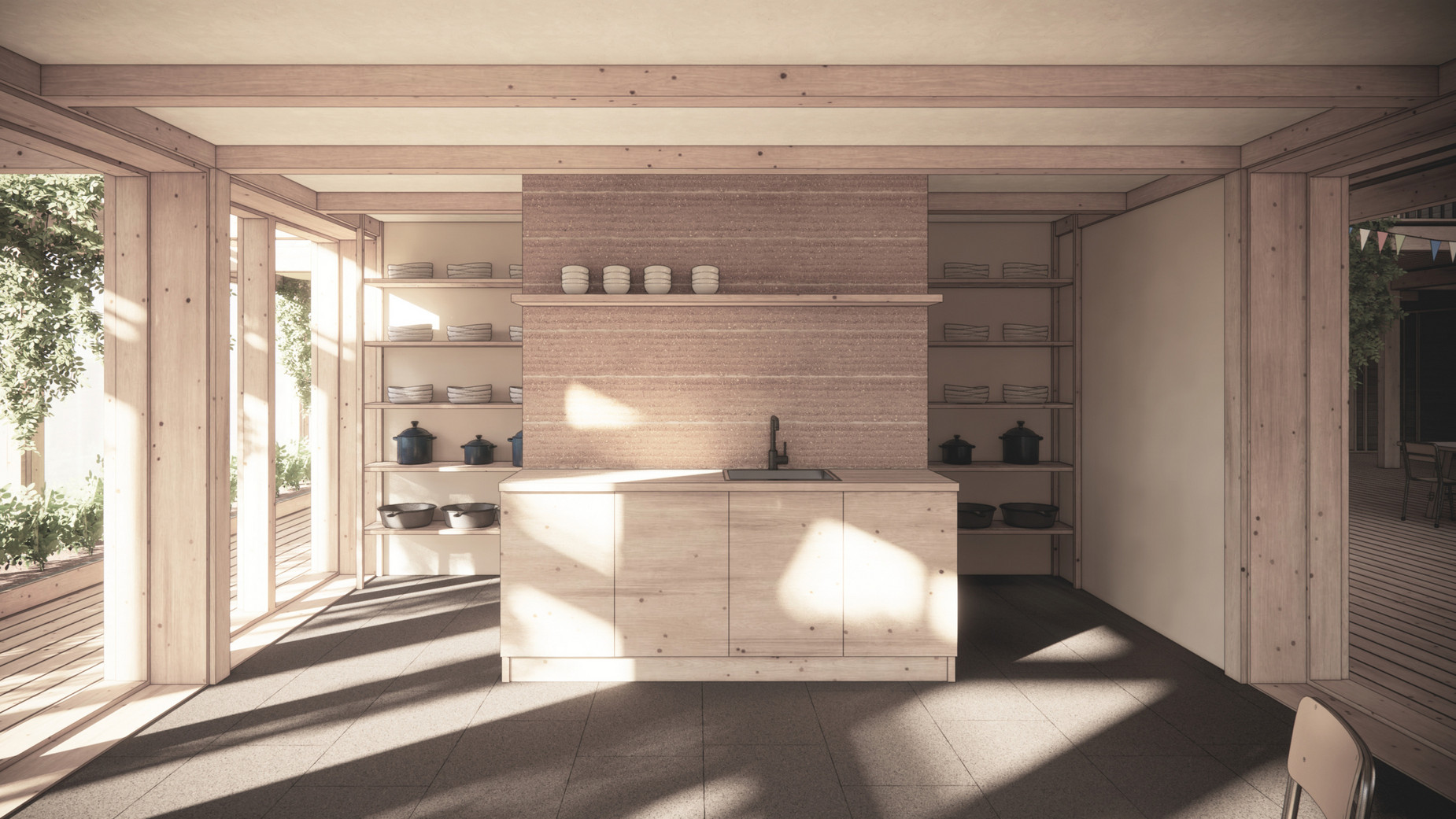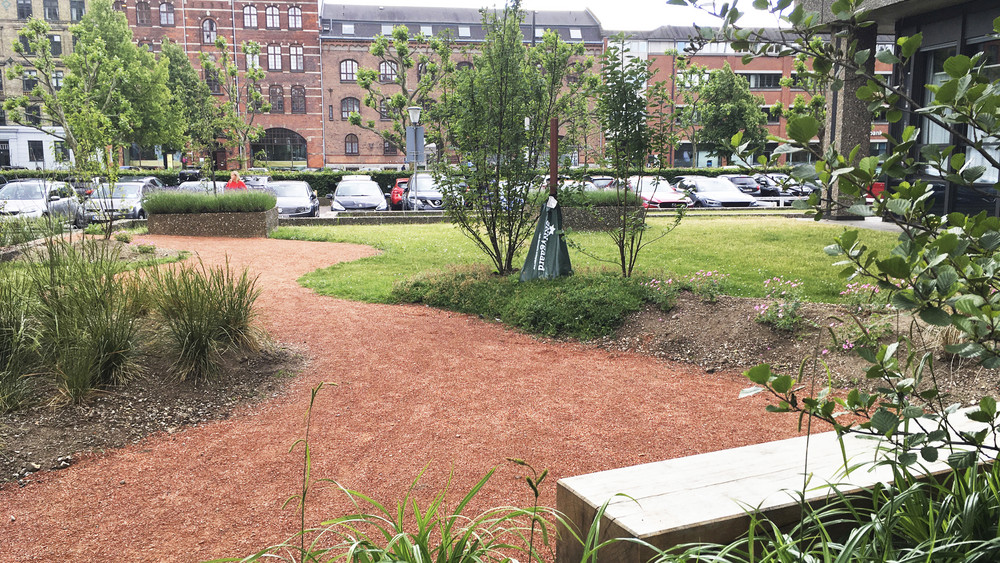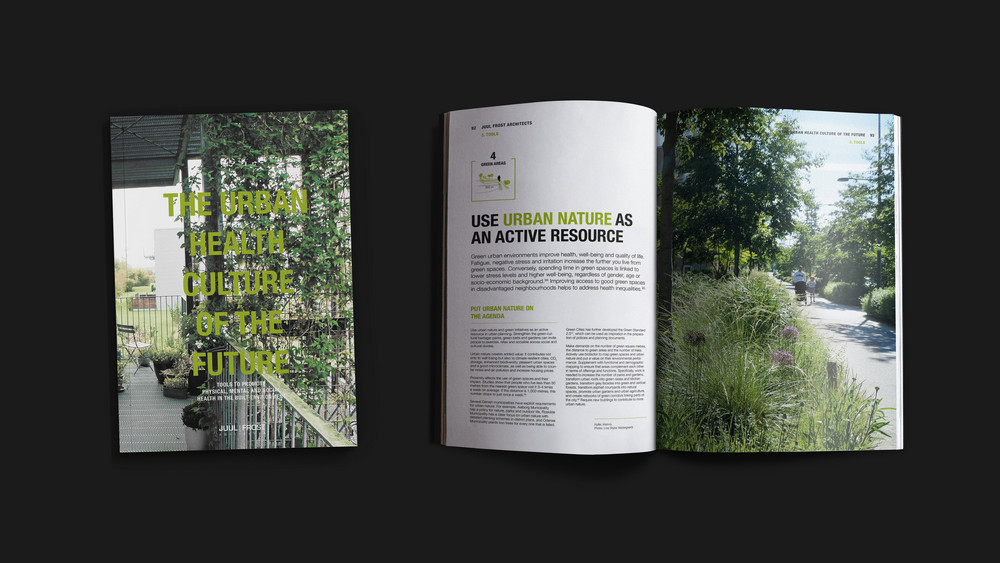Partnership: 'The Rammed Earth Alliance'
A green transformation of the construction industry demands new building materials, and one of the solutions can be rammed earth. The objective is to contribute to reducing the carbon footprint in the construction sector and gather knowledge about new construction methods. With support from Realdania, the preliminary investigations are initiated.
Rammed earth is set to reduce the environmental impact in future construction.
In the future of architectural construction in Denmark, concrete might potentially be replaced by rammed earth. rammed earth possesses a range of appealing attributes that contribute to a significant reduction in CO2 emissions during the construction of new buildings. This is the foundation for the collaboration between PensionDanmark, KIRKBI, and CPH Village, along with the architectural firms Juul Frost Arkitekter, ReVærk, and MEE Studio, forming the 'Rammed Earth Alliance'. The purpose of this alliance is to explore the application of rammed earth. The alliance has recently received a grant from the philanthropic organization Realdania to conduct preliminary investigations.
The ''Rammed Earth Alliance' addresses current production challenges, where time and cost make it difficult to industrialize, commercialize, and scale rammed earth as a building material. Within this partnership, the possibility of utilizing new robotic technology for rammed earth production is also being investigated. This has the potential to significantly reduce costs and production time.
The numerous positive attributes of rammed earth can contribute to the reduction of CO2 emissions in construction. Primarily, using clay soil as a substitute for concrete offers a significant environmental advantage. Additionally, gains can be made in addressing the issue of excess soil from construction activities. Furthermore, clay soil is also circular in nature, as it can either be compacted into new components or crushed and reintegrated into the earth.
With the upcoming projects, the 'Rammed Earth Alliance aims to uncover any potential risks and provide knowledge, as well as a concrete construction method through three sample building projects.
A project like this can contribute to the reimagining of a forgotten material, and modernizing construction practices towards efficient production. Perhaps with the use of robots or other new possibilities. By combining the past and the future, we aim to gain on multiple fronts – in terms of aesthetics, sustainability, and indoor climate.
The Green Effects of Rammed Earth
- On average, we currently emit nearly 10 kg CO2-eq./m²/year during residential new construction (according to LCAbyg and the AAU BUILD report SBI 2020:04).
- The initial life cycle calculations of the pilot project demonstrate that rammed earth in combination with wood has the potential to create a hybrid building with a footprint of 2.5 kg CO2-eq./m²/year. This corresponds to a reduction of 75% in CO2 emissions.
- Furthermore, there is a circular potential in being able to reuse earth in new elements or crush it and return it to the earth. Additionally, a significant amount of Danish earth can be directly sourced from a potential construction site, which greatly reduces transportation and surplus soil.
Partners in the Clay Alliance
- Developers: PensionDanmark, KIRKBI, and CPH Village
- Consulting Team: Juul Frost Arkitekter (project management), ReVærk, and MEE Studio
- Sub-consultant and Engineer: Werner Sobek GmbH
- Subcontractor: Én Jord
- Sub-consultant: Odico Construction Robotics




